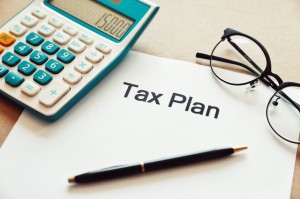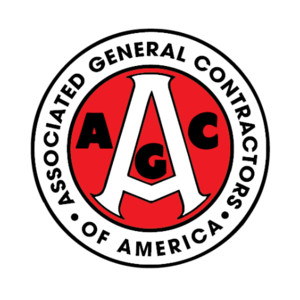Submit your feedback to The Tax Structure Work Group
 A bipartisan group of legislators, known as The Tax Structure Work Group (TSWG), has joined forces to find ways to improve Washington’s tax structure. TSWG held a series of public town halls during September and October to ask for community feedback. They also created an online survey where people who weren’t able to attend the meetings could share their thoughts.
A bipartisan group of legislators, known as The Tax Structure Work Group (TSWG), has joined forces to find ways to improve Washington’s tax structure. TSWG held a series of public town halls during September and October to ask for community feedback. They also created an online survey where people who weren’t able to attend the meetings could share their thoughts.
TSWG will consider public comments and use them to draft legislation during 2022, with the goal of introducing the legislation in 2023. Currently, the group is discussing six scenarios. We’ll briefly described each scenario below, but if you’re interested in seeing how each would affect your business, use the TSWG’s tax calculator by clicking here. For a more in-depth explanation of each scenario, click here.
1) Revise the state property tax levy limit. If the state property tax levy limit were to pass, the limitation factor would be benchmarked to a new inflation factor tied to the cumulative rates of population growth and inflation.
2) Primary residence property tax exemption with a wealth tax. This scenario would create an exemption for residential property tax parcels that are occupied as the primary place of residence. It also adds a wealth tax. The state property tax would create an exemption from Parts 1 and 2 of the state school levy for up to the first $250,000 of assessed value on residential property. The exemption wouldn’t shift the property tax burden and would require an amendment to Washington’s state constitution.
3) Value-added tax and employee compensation tax. Under this scenario, the B&O tax would no longer exist. An employer compensation tax would take its place along with a subtraction-method Value Added Tax (VAT). Any business located in Washington that makes more than $7 million in worldwide income would be required to pay the tax based on employee compensation. The tax exempts the first $150,000 per year in compensation for each employee.
4) Margins tax and employer compensation tax. Similar to Scenario 3, Scenario 4 would eliminate the B&O tax but add an employer compensation tax and a Margins Tax.
- The employer compensation tax would be on compensation paid to employees located in Washington for businesses that make over $7 million.
- The tax exempts the first $150,000 per year in compensation for each employee.
5) Corporate Income Net Receipts and Personal Income Tax (Flat). This scenario would reduce the current state sales tax rate from 6.5% to 4.5%, reducing the state property tax rate by 25%. It would eliminate the B&O tax while adding a state property tax primary residence exemption of $250,000. Additionally, this scenario would add a flat-rate corporate income net receipts tax and a flat-rate personal income tax.
6) Corporate Income Net Receipts and Personal Income Tax (Graduated). Under this scenario, the state sales tax rate would drop to 4.5%, reducing the state property tax rate to 25%. It adds a state property tax primary residence exemption of $250,000 and eliminates the B&O tax. The scenario includes a graduated-rate corporate income net receipts tax and a graduated-rate personal income tax.
If you have questions about any of these scenarios, or you’d like more information about how these proposals might affect your business, contact Michele Willms in AGC’s legislative office by sending an email to [email protected].








